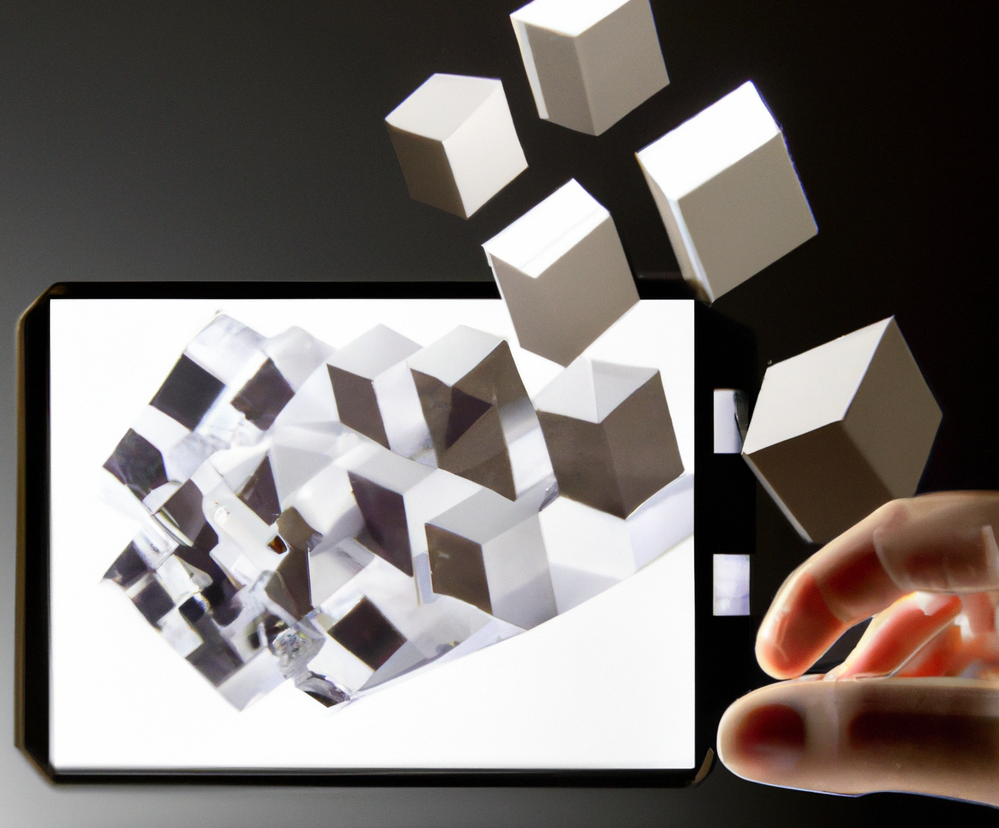Metaverse is a new continent to be explored. It is reachable to all. It is everywhere. Yet it is nowhere. Metaverse is lands, islands, cities, houses, people in the houses, events, machines, roads, vehicles and everything you can imagine. Yet it is all digital.
In January 2022 Finnish company Zoan launched Cornerstone.land, a place that exists only in Metaverse and place to buy properties. In June 2022 Meta announced the launch of a digital clothing store that will allow users to dress their avatars in Metaverse. In September 2022 Walmart entered Metaverse to offer kids the ultimate virtual toy destination.
Objects in Metaverse are virtual. You can see, touch, design and build them with virtual tools and interfaces. Could they become tangible real objects somehow? Can we build wormholes between virtual worlds and our physical world? Will you be able to bring the virtual dress you bought in a Metaverse into your wardrobe?
The patient imaging data created by radiologist in a hospital is in a specific 3D format and can be viewed as 3D pictures. It can also be transformed into 3D printable format. The same possibility applies to all objects in different 3D formats. Today the transformations may be difficult or need special expertise and computing.
What happens when these transformations between 3D formats and systems are easy, automated and accessible to all? Further, what happens when (almost) any digital object can be 3D printed?
I wrote the first blog in 2015 predicting several changes that 3D printing will initiate in production, logistics, value networks and personalization, for example. Most of those are now reality and everyday features. 3D printing technologies and services evolve rapidly, such as photo realistic 3D printing with millions of colors. I believe the next big innovations will be about the wormholes between digital and physical worlds enabled by advanced 3D printing technologies, platforms and services.
For example:
- An object in any digital environment can be additive manufactured as real object, for example a dress, spare part or toy. The process will be automated and straightforward for the end user.
- An object in the physical world can be transformed to a digital object and imported into the virtual world. The tools will be integrated in everyday systems, such as smart phones, empowered with advanced AI engines.
- New businesses and services will emerge for handling the co-existence of digital and physical objects.
Obviously not all objects will be possible to have this kind of co-existence of digital and physical. There are limitations in handling some materials, functionalities and features in the transformation. However, there are already endless cases when this is possible.
When you and I try to figure out when this would make sense, I’m pretty sure we both think of everyday objects that are familiar to us. However, at this point we can let our imagination run a bit further.
In Metaverse or in any digital environment, such as an online game, we can have superpowers to make unimaginable objects and features, such as shoes that let us fly with built-in jet engines. It may be difficult to implement such rocket shoes in the real world even with the most advanced future 3D printer. However, the new imagination tools will help us to imagine new shapes and features that are possible to make, such as lightweight structures and unexpected designs which we will never invent in the real world.
